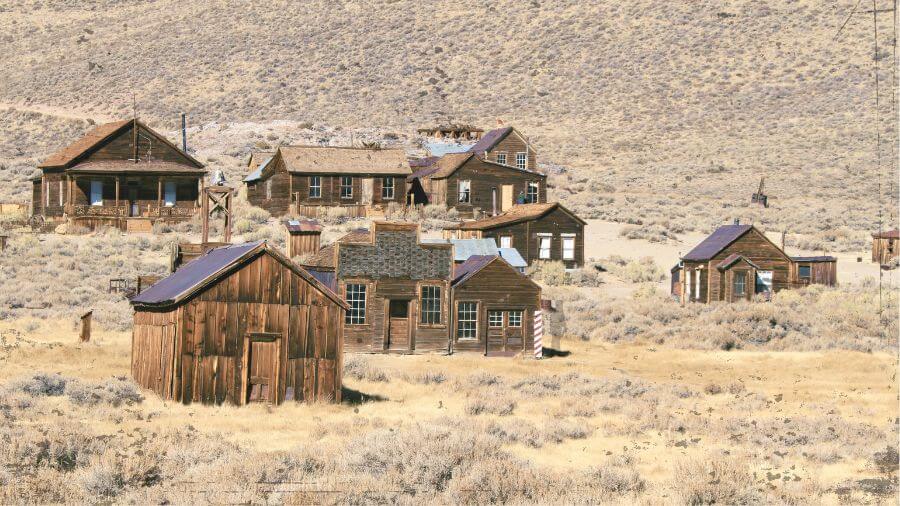From stunning beaches to breathtaking forests, some of the most amazing spots in the U.S. are slowly disappearing due to climate change, erosion and other threats.
If you’ve ever dreamed of standing on top of a glacier, hiking through ancient forests or relaxing on a perfect stretch of sand, now’s the time to go!

If you wait around too long, they might have disappeared forever!
In this post, we’ll explore 26 incredible places in the U.S. that could vanish sooner than you think.
Ready to discover these hidden gems before they’re gone for good?
1. Glacier National Park, Montana
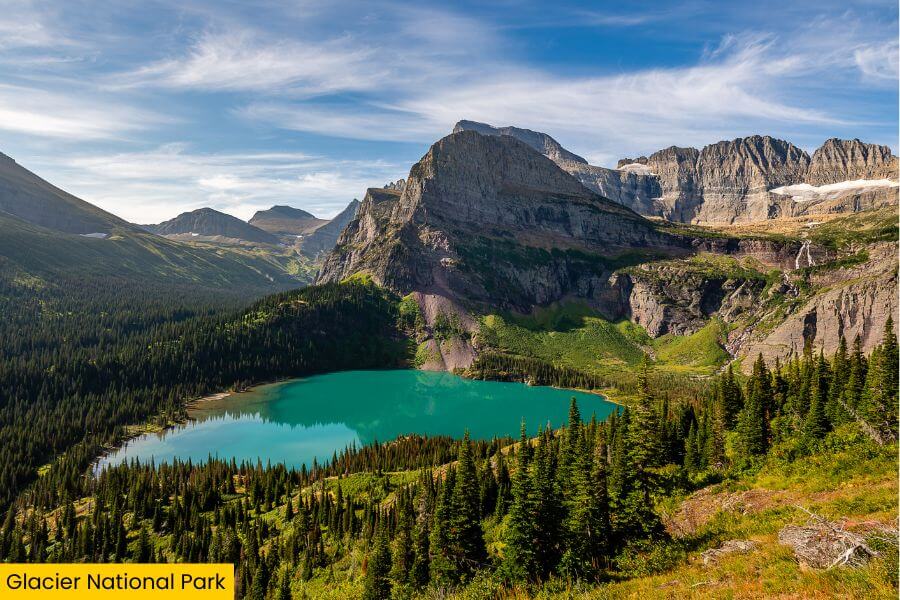
Glacier National Park is a stunning place full of towering mountains, sparkling lakes and over 700 miles of hiking trails.
It’s famous for its dramatic glaciers, but sadly, many of these glaciers are quickly melting due to climate change.
Since 1966, all glaciers in the park have receded significantly, with many losing substantial portions of their area.
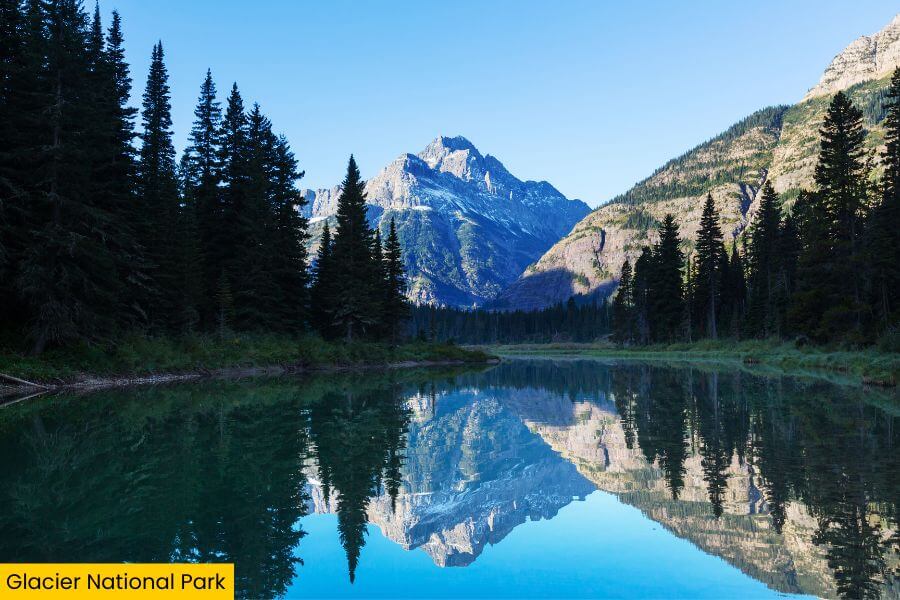
In fact, scientists predict they could disappear entirely by the middle of the 21st century, possibly as soon as the 2030s if current climate trends continue.
Besides the glaciers, you can also spot wildlife like mountain goats, bears and even the occasional moose.
So, if you want to see one of America’s most beautiful parks in all its icy glory, don’t wait too long!
2. Everglades National Park, Florida

Everglades National Park is a unique, swampy paradise filled with winding rivers, mangroves and tons of wildlife like alligators, manatees and rare birds.
It’s the largest subtropical wilderness in the U.S. covering over 1.5 million acres, but rising sea levels and pollution are threatening this amazing ecosystem.
Experts say parts of the Everglades could be underwater within a few decades!

The park is also home to the slow-moving, mysterious “River of Grass” which stretches for miles.
If you want to experience this one-of-a-kind wetland, now’s the time before it starts to disappear!
3. New Orleans, Louisiana

New Orleans is a vibrant city known for its jazz music, colorful festivals like Mardi Gras and mouth-watering Creole food.
It’s packed with historic charm, especially in the French Quarter which is the city’s oldest neighborhood, but rising sea levels and stronger hurricanes are putting this lively city at risk.
Some experts warn that parts of New Orleans could be underwater by the end of the century if climate change isn’t addressed.

The city’s unique blend of French, Spanish and African cultures makes it one of the most fascinating places to visit.
If you want to experience the soulful music, spicy gumbo and unforgettable parades, better hurry before it’s too late!
4. Joshua Tree National Park, California
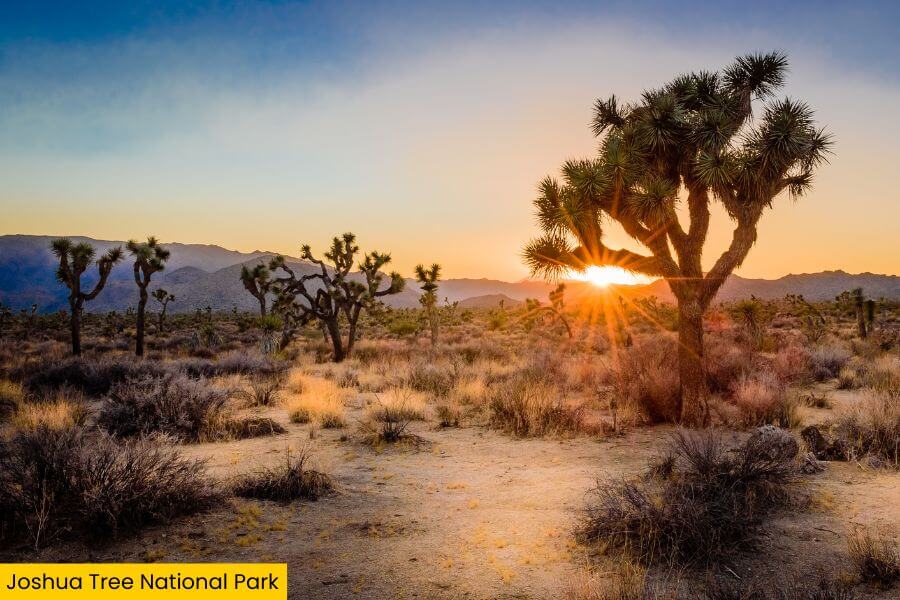
Joshua Tree National Park is an interesting desert park known for its unique, spiky Joshua trees and giant boulder formations.
This park is perfect for stargazing, rock climbing and hiking, but it’s facing a big problem—climate change and prolonged droughts are threatening the iconic Joshua trees.
Experts say that the majority of the trees could disappear from the park by 2070 if temperatures keep rising.

The park’s unique blend of the Mojave and Colorado deserts creates a landscape like no other.
So, if you want to see this magical place before the trees vanish, now’s the time to visit!
5. Outer Banks, North Carolina

The Outer Banks is a beautiful stretch of barrier islands known for its sandy beaches, wild horses (like those on Corolla and Shackleford Banks) and charming lighthouses.
It’s the perfect spot for surfing, fishing or just relaxing by the ocean, but rising sea levels and coastal erosion are slowly washing parts of it away.
Some areas have already lost hundreds of feet of beach in the past 20 years.

Some scientists warn that much of the Outer Banks could be underwater within a few decades if nothing changes.
This area is also rich in history, being home to the famous site of the Wright brothers’ first flight in 1903.
6. Shenandoah National Park, Virginia

Shenandoah National Park is a gorgeous mountain escape, known for its scenic 105-mile Skyline Drive, stunning waterfalls and vibrant fall colors.
It’s a great place for hiking with over 200 miles of trails, including part of the famous Appalachian Trail.
Unfortunately, the park is under threat from air pollution and climate change, which are damaging its forests and wildlife.

The beautiful views of rolling hills and lush valleys might not look the same in the future as climate change threatens the park’s ecosystems.
If you want to soak in the breathtaking Blue Ridge Mountains, don’t wait too long to visit this natural gem!
7. Columbia Glacier, Alaska

Columbia Glacier is one of the largest and most awe-inspiring tidewater glaciers in the state, with massive chunks of ice breaking off and floating into the sea.
However, this icy wonder is rapidly shrinking due to climate change.
In fact, it has retreated by over 12 miles since the 1980s.

Even worse, scientists predict it could be completely gone within the next few decades!
The sight of its towering icebergs crashing into the water is truly unforgettable, but it’s a race against time to see it.
8. North Cascades National Park, Washington

North Cascades National Park is a rugged wilderness known for its jagged peaks, alpine lakes and more than 300 glaciers.
It’s a paradise for hikers and climbers, but unfortunately, those glaciers are rapidly melting due to climate change.
Some experts believe the park could lose most of its glaciers within the next few decades.
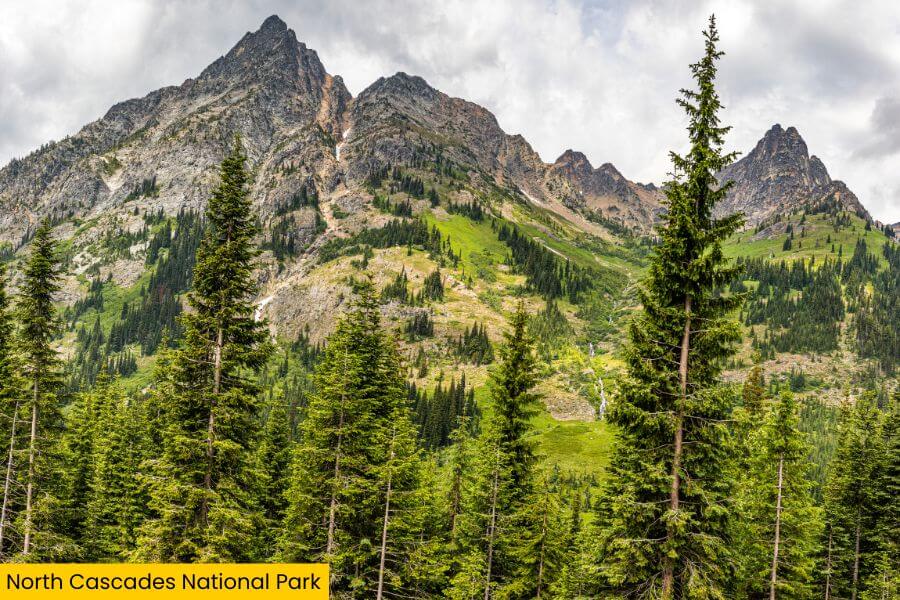
The park is often called the “American Alps” because of its dramatic mountain scenery and diverse wildlife.
If you want to experience this wild and beautiful place, now’s the time before the glaciers vanish!
9. Cape Cod, Massachusetts
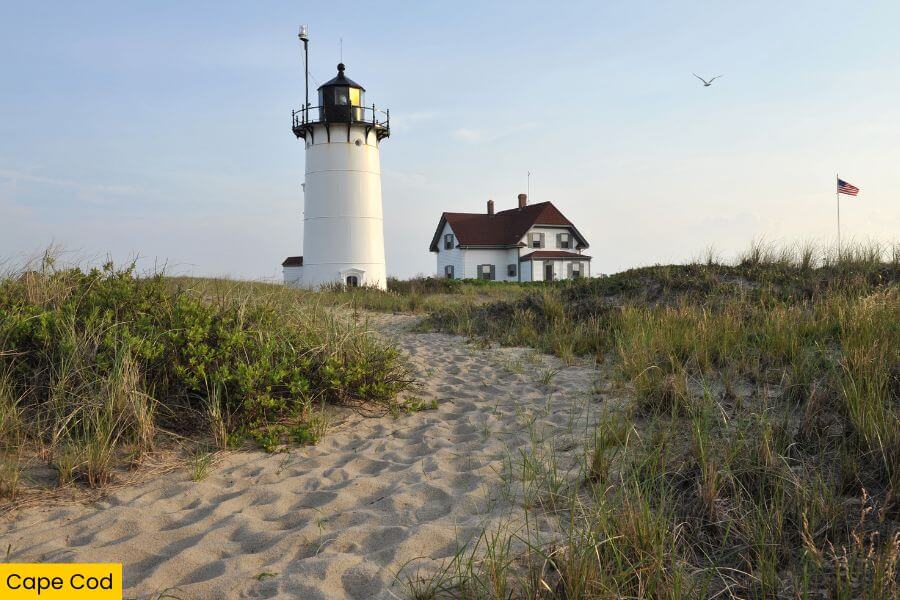
Cape Cod is a charming seaside destination known for its sandy beaches, quaint villages and delicious seafood, especially clam chowder!
It’s the perfect spot for beachcombing, whale watching and biking along scenic trails like the famous Cape Cod Rail Trail.
However, rising sea levels and coastal erosion are slowly eating away at the shoreline, putting parts of Cape Cod at risk of disappearing.

The region is also home to iconic lighthouses and historic sites that could be lost to the ocean.
In fact, some lighthouses have already been relocated to protect them from the sea.
10. The Texas Hill Country Springs
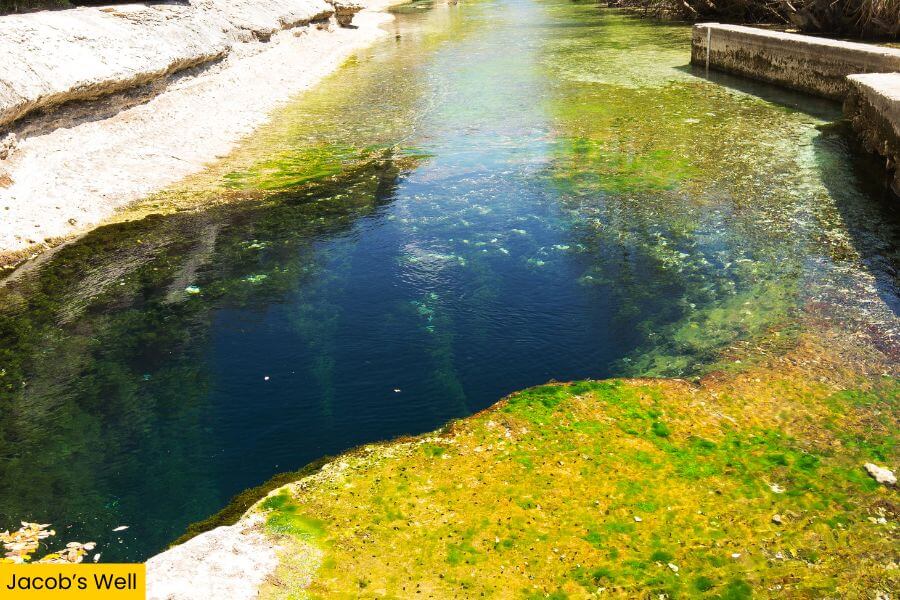
The Texas Hill Country Springs are a hidden gem, famous for their crystal-clear waters, natural swimming holes and stunning limestone landscapes.
Popular spots like Jacob’s Well and Barton Springs offer the perfect escape from the Texas heat.
But these beautiful springs are in danger, as overuse and drought are causing water levels to drop dramatically.

In fact, Jacob’s Well has stopped flowing several times in recent years, something that had rarely happened before the 2000s.
With climate change and population growth stressing the water supply, these springs might dry up in the future.
11. Columbia River Gorge, Oregon

The Columbia River Gorge is a breathtaking canyon known for its dramatic cliffs, lush forests and more than 90 stunning waterfalls, including the famous Multnomah Falls.
It’s a true paradise with amazing views of the river and mountains, but climate change and increasing wildfires are putting this natural wonder at risk.
For instance, the Eagle Creek Fire in 2017 burned over 48,000 acres, damaging large portions of the landscape.

Experts worry that more intense fires could reshape the landscape even further.
The area is also home to many unique plant species, including over 700 species of wildflowers, that might not survive in a hotter, drier climate.
12. The Louisiana Wetlands

The Louisiana Wetlands are a vast ecosystem of swamps, marshes and bayous, home to alligators, crawfish and countless bird species.
These wetlands act as a natural barrier against hurricanes and provide vital habitats for wildlife, but they’re disappearing fast.
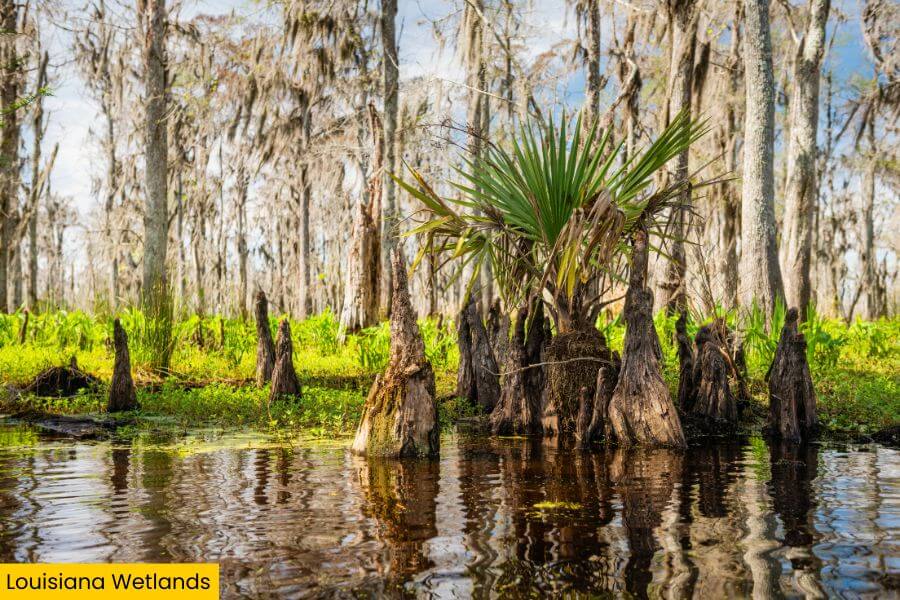
Rising sea levels, erosion and human activity are causing the wetlands to vanish at an alarming rate—about a football field’s worth every 100 minutes!
This unique landscape, filled with cypress trees and winding waterways, could be lost within a few decades.
13. Great Salt Lake, Utah
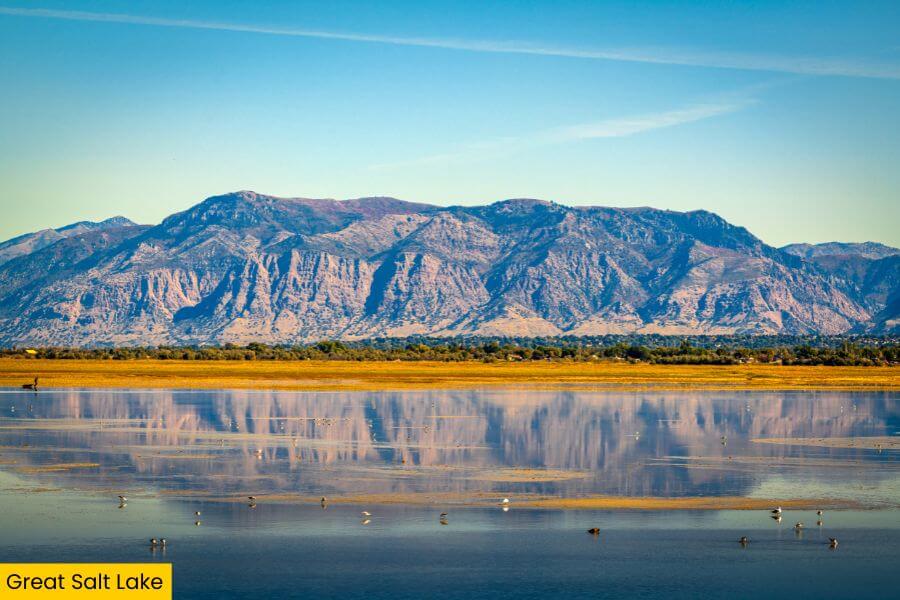
The Great Salt Lake is a massive, salty body of water known for its unique ecosystem and incredible sunsets over the vast, shimmering surface.
The lake provides a critical habitat for around 10 million migratory birds and millions of brine shrimp, but the lake is shrinking at an alarming rate due to drought and water diversion.
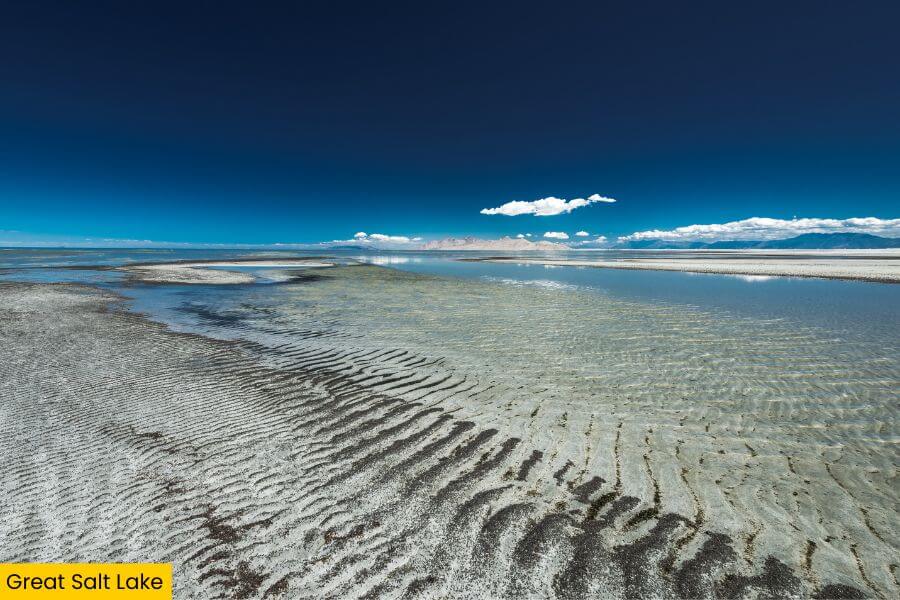
Some experts warn that the lake could continue to decline to dangerous levels within the next few decades, which would have devastating effects on the wildlife and air quality in the region.
The lake’s otherworldly landscape and salt flats make it a must-see spot so visit now, before this natural wonder fades away!
14. Key West, Florida
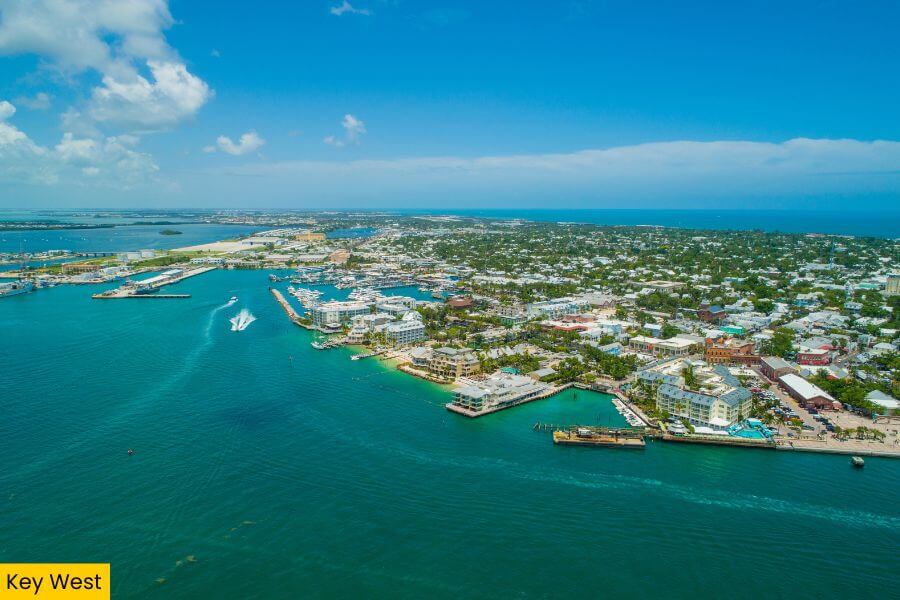
Key West is a laid-back island paradise known for its crystal-clear waters, colorful coral reefs and lively nightlife on Duval Street.
It’s the southernmost point in the U.S. and the sunsets here are legendary!
However, rising sea levels and stronger hurricanes are threatening to swallow up this tropical gem.
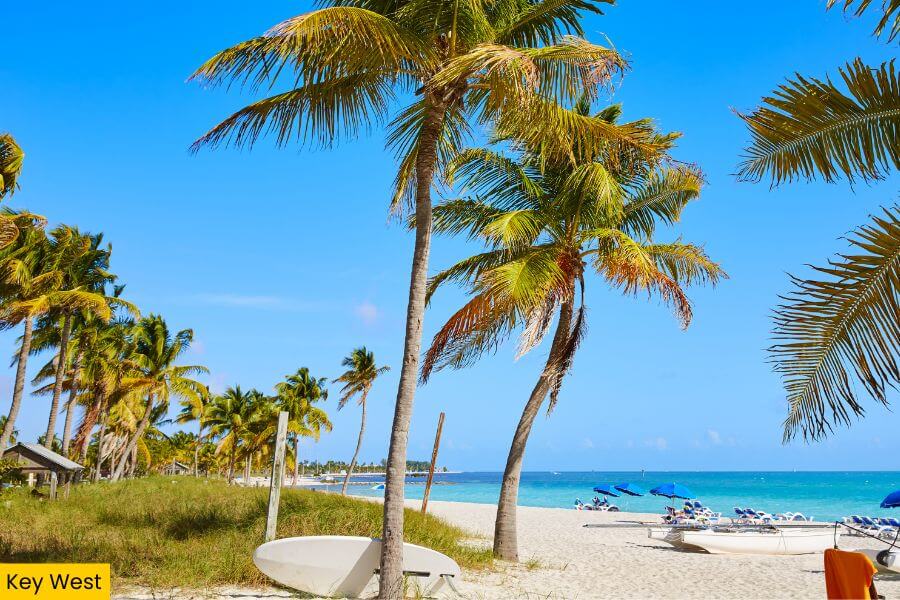
Projections estimate a sea level rise of 10 to 12 inches by 2050, which, combined with stronger hurricanes, could result in frequent flooding.
Parts of the island could be underwater in the future, putting its beautiful beaches and historic landmarks at risk.
15. Big Sur, California

Big Sur is a stunning stretch of rugged coastline known for its dramatic cliffs, redwood forests and breathtaking ocean views along Highway 1.
It’s the perfect spot for scenic drives, hiking and spotting whales offshore.
However, Big Sur is at risk due to frequent landslides, erosion and wildfires that are becoming more intense with climate change.

These natural disasters are slowly reshaping the landscape and making it harder to access certain areas.
For instance, there have been frequent road closures along Highway 1, making parts of Big Sur inaccessible for extended periods.
16. The Badlands, South Dakota

The Badlands are a striking landscape of sharp rock formations, deep canyons and vibrant-colored cliffs that seem otherworldly.
They’re known for their ancient fossil beds and wildlife like bison, bighorn sheep, prairie dogs and the endangered black-footed ferret.
Unfortunately, erosion from wind and rain is wearing down these ancient formations, and climate change is speeding up the process.
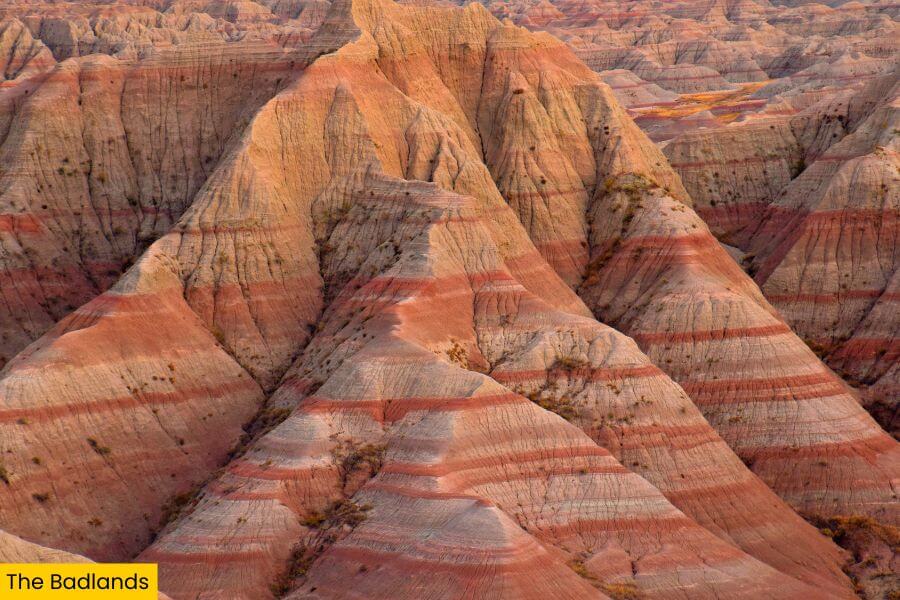
Experts say the rugged beauty of the Badlands could look very different in the future.
If you want to explore this unique and wild place, visit before time and weather reshape it!
17. Jamestown, Virginia

Jamestown is the site of the first permanent English settlement in America, established in 1607, and is rich in colonial history and archaeological sites.
You can explore the ruins, learn about early settlers and walk the same grounds as Pocahontas and Captain John Smith.
However, rising sea levels and coastal erosion are threatening this historic landmark, with parts of the original settlement already underwater.

Scientists warn that much of Jamestown could be lost to the James River in the coming decades.
If you want to step back in time and visit this iconic piece of American history, now’s the time before it sinks away!
18. The Sandhills, Nebraska
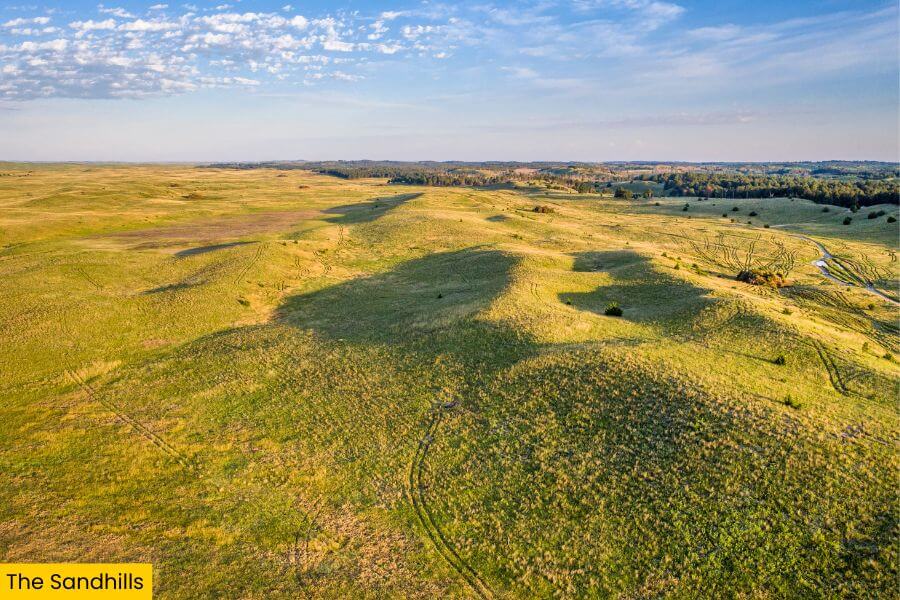
The Sandhills are a vast, rolling expanse of grass-covered dunes, stretching across one of the largest and most pristine prairie ecosystems in the U.S.
This peaceful, windswept landscape is home to unique wildlife like prairie chickens and is perfect for stargazing and exploring wide-open spaces.

However, rising temperatures and overuse of water from the Ogallala Aquifer are putting this delicate ecosystem at risk.
As droughts worsen, the fragile balance of the Sandhills could be disrupted, leading to habitat loss.
19. Ozark National Forest, Arkansas
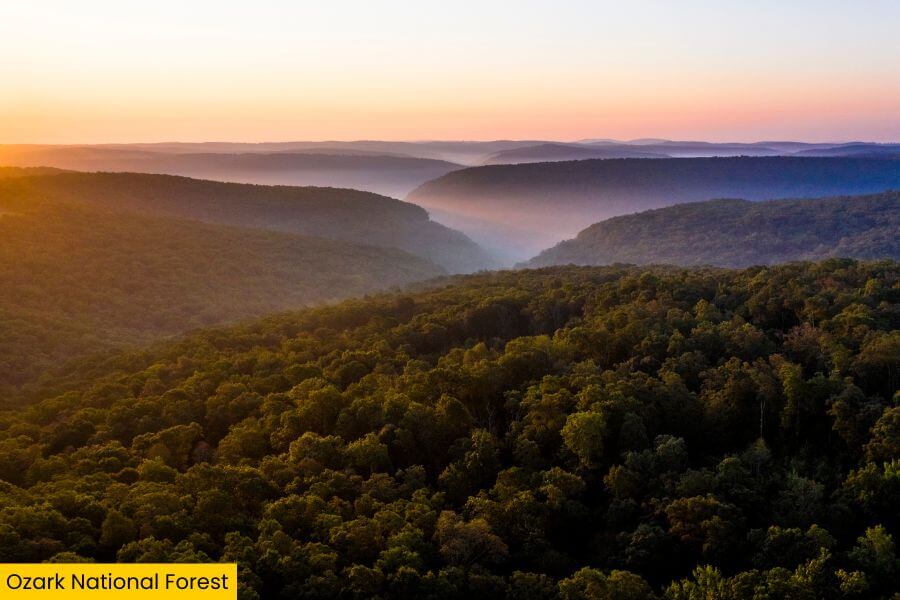
Ozark National Forest is a lush, green wonderland of rolling hills, clear rivers and towering hardwood trees.
It’s a favorite spot for hiking, camping and enjoying the beauty of natural springs and waterfalls.
However, climate change and deforestation are threatening this serene forest, potentially altering its delicate ecosystems.
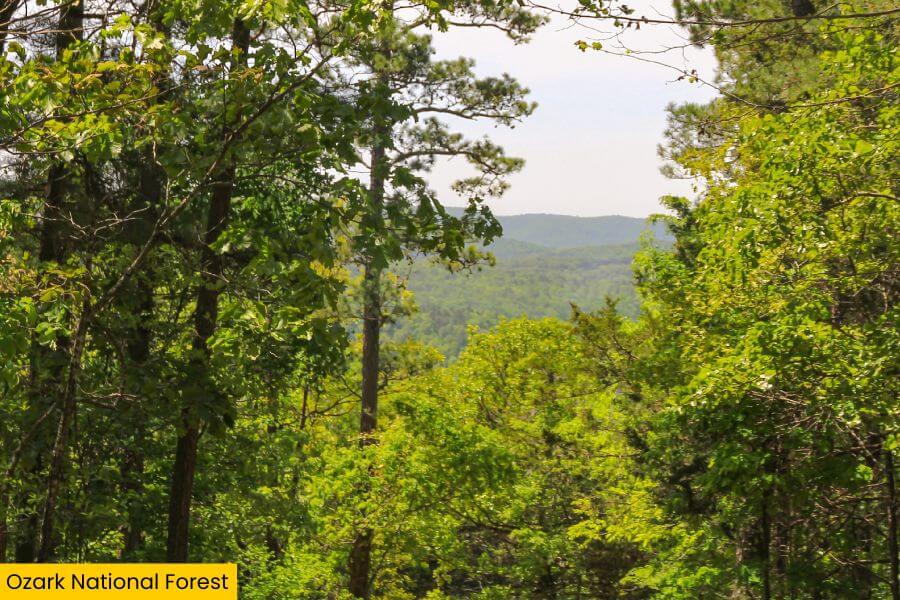
Warmer temperatures and more frequent wildfires could reshape the landscape and harm local wildlife.
If you want to soak in the peaceful beauty of the Ozarks, it’s best to visit before these changes take a toll!
20. The Driftless Area, Wisconsin
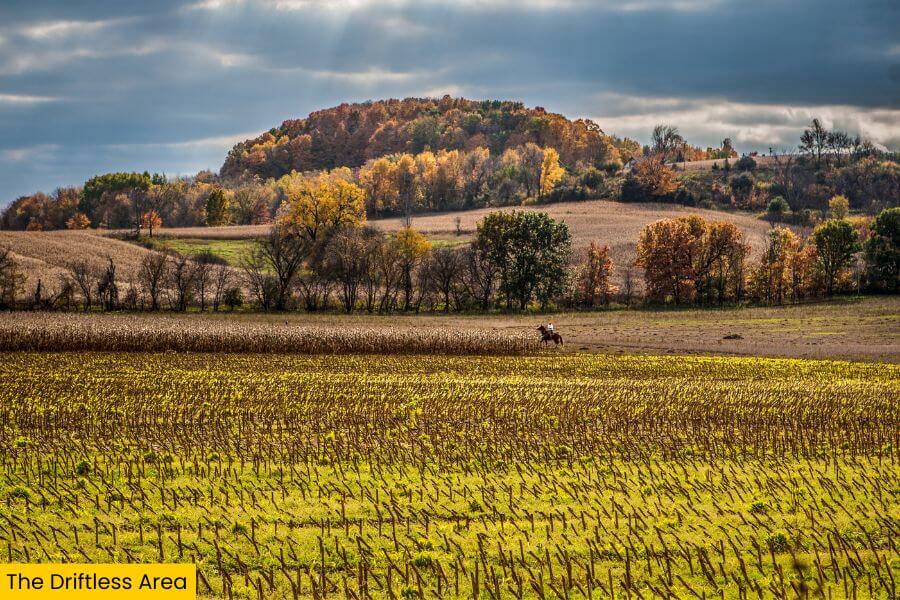
The Driftless Area is a unique region of rolling hills, deep valleys and winding rivers, left untouched by the glaciers during the last Ice Age that flattened much of the Midwest.
It’s known for its stunning bluffs, limestone cliffs and beautiful trout streams, making it popular with those that love hiking and fishing.

However, climate change and increasing development are threatening this fragile landscape, with more intense flooding and erosion altering its natural beauty.
The region’s rare ecosystems could be at risk if these patterns continue.
21. Flint Hills, Kansas

The Flint Hills are a vast stretch of rolling tallgrass prairie, one of the last remaining ecosystems of its kind in the world.
Known for its sweeping views, wildflowers and iconic ranching culture, this area offers a peaceful escape into nature.

However, overgrazing, development and climate change are threatening this delicate prairie, which is home to many unique plants and wildlife.
If the land isn’t protected, much of the tallgrass could disappear in the future.
22. Waikiki Beach, Oahu, Hawaii

Waikiki Beach is a world-famous stretch of golden sand, known for its gentle waves, beginner-friendly surfing and its stunning views of Diamond Head.
It’s a top destination for beachgoers, with luxury resorts lining the sand and vibrant nightlife just steps away from the shore.
However, rising sea levels and erosion are causing the beach to shrink, with efforts constantly needed to replenish the sand.

Experts warn that without intervention, parts of this iconic beach could disappear in the future.
If you want to experience Waikiki’s tropical paradise, you’d better visit before the waves claim more of it!
23. Pipestone National Monument, Minnesota

Pipestone National Monument is a sacred site where Native Americans have quarried red pipestone for over 3,000 years to carve ceremonial pipes.
The park is filled with striking quarries, tallgrass prairie and beautiful waterfalls like the peaceful Winnewissa Falls.

However, erosion, human activity and changing weather patterns due to climate change are threatening both the landscape and the fragile quarrying sites.
The unique cultural and natural history of this area could be at risk if these conditions worsen.
24. Grand Staircase-Escalante National Monument, Utah
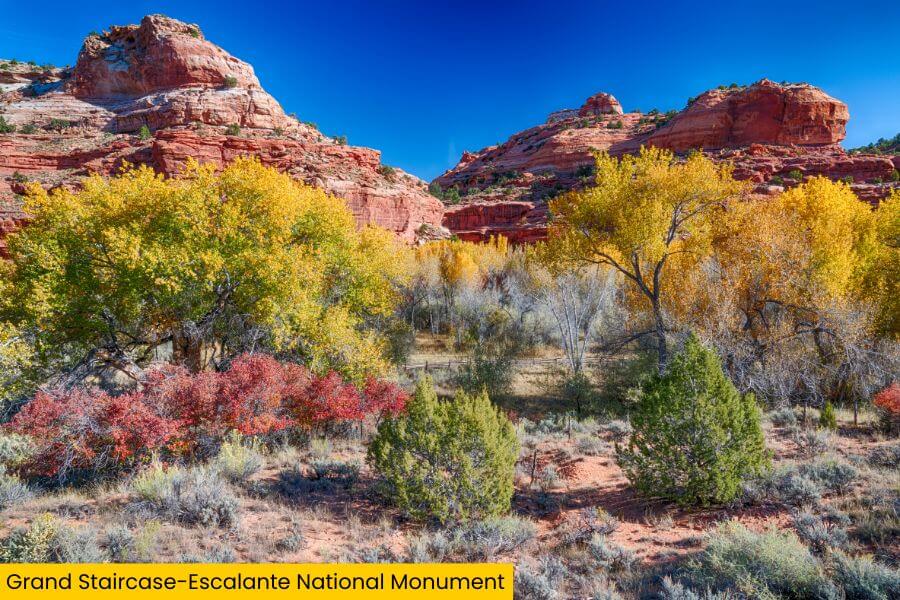
Grand Staircase-Escalante National Monument is a vast, rugged landscape filled with colorful canyons, towering cliffs and ancient rock formations.
It’s perfect for hikers and adventurers who want to explore hidden slot canyons and discover dinosaur fossils.
However, this incredible monument is at risk due to changing government protections and the effects of erosion and climate change.

In 2017, the monument’s size was reduced by almost 50% (these protections were fully restored in 2021 under President Biden but who knows what the future holds).
It’s likely that parts of this unique geological wonder could be lost or damaged in the coming years.
25. Mark Twain National Forest, Missouri

Mark Twain National Forest is a sprawling, peaceful forest known for its rolling hills, clear streams and endless opportunities for hiking, camping and fishing.
It’s named after the famous author and offers a beautiful escape into nature.
However, climate change and deforestation are threatening this lush landscape, with the risk of more frequent wildfires and loss of wildlife habitats.

The forest’s serene beauty could be dramatically impacted in the future.
If you want to explore this quiet corner of the Midwest, don’t wait too long before it changes!
26. Haleakalā National Park, Maui, Hawaii

Haleakalā National Park is famous for its massive volcanic crater, breathtaking sunrises and otherworldly landscapes.
It’s home to many unique species like the silversword plant and the nēnē, Hawaii’s state bird.
However, climate change, invasive species and habitat loss are putting this fragile ecosystem at risk.

Rising temperatures and changing weather patterns could dramatically alter the park’s delicate environment.
If you want to experience the magic of standing above the clouds at Haleakalā’s summit, now’s the time to visit before it faces further challenges!
Related Posts



